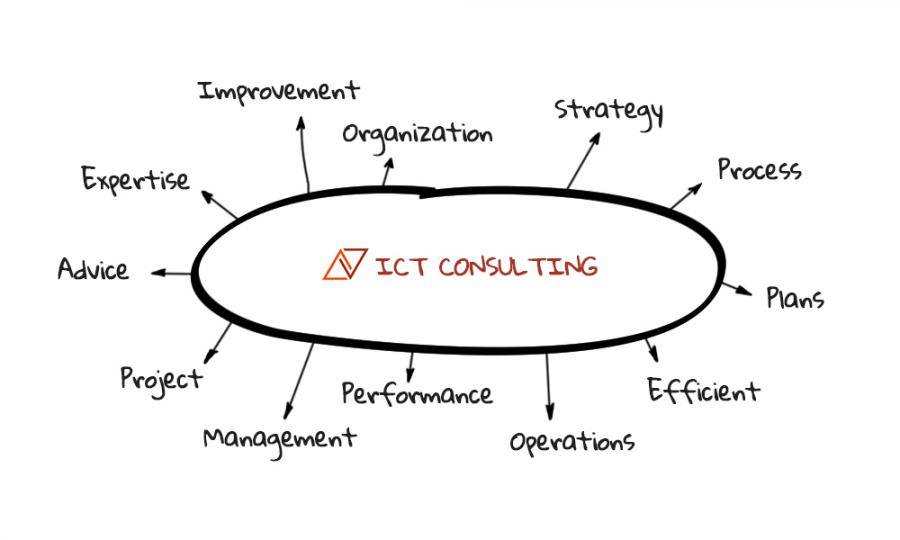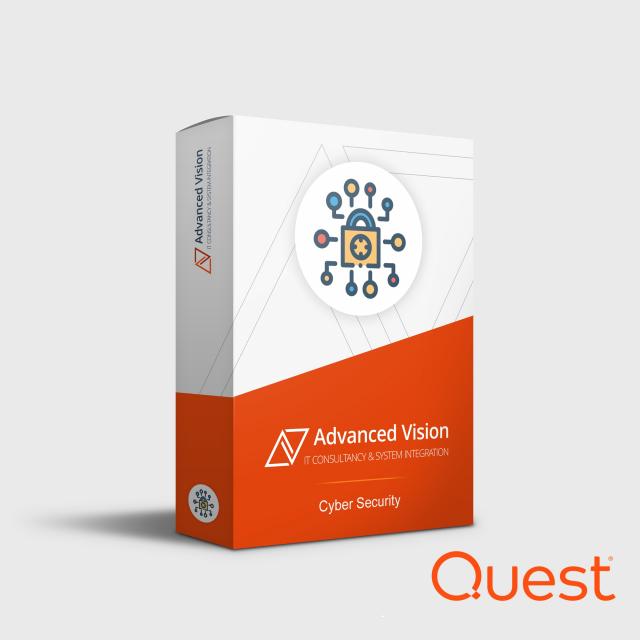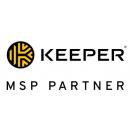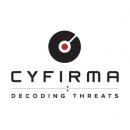QUEST ACTIVE DIRECTORY SECURITY & RECOVERY
⇒ Who is Quest and What is Active Directory?
Quest Software is a company that specializes in developing software tools and solutions for IT management and security. They provide a wide range of software products and solutions that are designed to help organizations manage and secure their IT environments. Quest Software serves a wide range of industries and organizations of all sizes, and it is known for its powerful, easy-to-use, and cost-effective software solutions.
Quest Active Directory (AD) is a set of software tools and solutions offered by Quest Software for managing and securing Microsoft Active Directory environments. The Quest AD solutions are designed to help organizations to better manage and secure their AD environments, including:
- Active Directory Management : A set of tools for managing AD environments, including user and group management, password management, and AD reporting.
- Active Directory Auditing : A set of tools for auditing and reporting on AD environments, including changes to user accounts, group memberships, and security settings.
- Active Directory Migration : A set of tools for migrating AD environments, including migrating users, groups, and computers between domains and forests.
- Active Directory Delegation : A set of tools for delegating AD administration, including delegating specific tasks and permissions to specific users or groups.
- Active Directory Backup & Recovery : A set of tools for backing up and recovering AD environments, including disaster recovery and granular recovery of AD objects.
Quest AD solutions are designed to be easy to use and can be used to manage and secure AD environments of any size. They can be particularly useful for organizations that need to manage and secure large or complex AD environments.

⇒ Manage Cybersecurity risk for Active Directory
Active Directory (AD) is a critical component of many organizations' IT infrastructure, and managing the risks is important. Cybersecurity risk management for AD includes identifying, assessing, and prioritizing risks and vulnerabilities and implementing controls to mitigate those risks.
Some of the key areas of focus for cybersecurity risk management for AD include:
- Reduce attack surface areas by cleaning up IT environments - is an essential step in protecting against cyber attacks. The attack surface refers to all the different ways an attacker can access an organization's IT systems and data. By reducing the attack surface, organizations can make it more difficult for attackers to find and exploit vulnerabilities.
- Enforce the least privilege - is a security principle that limits the access that users, systems, and processes have to resources and data based on their role and the actions they need to perform. It is an essential step in protecting against cyber attacks and reducing the attack surface area.
- Pay attention to highly privileged accounts - is an essential aspect of enforcing the least privilege principle. Highly privileged accounts, such as administrator accounts, have access to sensitive resources and data and can make changes to the system configuration. These accounts are more likely to be targeted by attackers, as they have the ability to cause significant damage if compromised.
- Implementing attack path management and monitoring - is an important step in protecting against cyber attacks. Attack path management is the process of identifying, analyzing, and mitigating the potential attack paths that an attacker may use to gain access to an organization's IT systems and data. Organizations can reduce the risk of a successful cyber attack by identifying and managing these attack paths.
- Reduce risks of hackers exploiting Group Policy Objects(GPO) - Group Policy Objects (GPOs) are a powerful feature of Active Directory that allow administrators to centrally manage and configure settings for users and computers in a domain. However, GPOs can also be a potential attack vector for hackers, as they can be used to distribute malware, steal sensitive information, or gain unauthorized access to resources.
Organizations can better manage and mitigate the risks associated with their AD environments by implementing these best practices and using the appropriate tools.

⇒ Identify
Nowadays cyber attacks can take many forms and can be difficult to detect and identify. However, there are some common signs and indicators that can help identify a cyber attack:
- Visualize every relationship and connection in AD and Azure AD, making it easy to identify new and existing attack paths.
- Measure the impact of any point in an attack path and identify optimal locations to block the largest number of pathways.
It is important to note that cyber attacks can be sophisticated and well-planned, therefore the best way to identify them is by implementing a comprehensive security strategy that includes regular security assessments, incident response plans, security monitoring, and incident detection. This will help organizations detect and respond to cyber-attacks.

⇒ Protect
Protecting against cyber attacks requires a multi-layered approach that includes both preventative measures and incident response plans . Also, prevent hackers from linking or exfiltrating your AD database to steal credentials. Quest makes it easier than ever to eliminate manual GPO (Group Policy Objects) management and governance tasks to reduce potential cybersecurity risk:
- A critical step is ensuring changes adhere to change management best practices before deployment.
- Validate GPOs continually through automated attestation — a must for any third-party group policy management solution.
- Improve GPO auditing and verify setting consistency quickly and easily with advanced, side-by-side GPO version comparisons at various intervals.
- Revert to a working GPO quickly if a GPO change creates an undesired effect. In seconds, the environment can be running smoothly again.
By implementing these and other security measures, organizations can significantly reduce their risk of a cyber attack and be better prepared to respond if one occurs.

⇒ Detect
There are several ways to detect a cyber attack, depending on the type of attack and the resources available to an organization. Only Quest makes it easier than ever to detect suspicious activity so the actions and affected accounts can be automatically locked down and rolled back to previously safe versions if necessary. There are some common methods include:
- Audit all security changes across your AD and Azure AD environments.
- Monitor AD in real-time for active attacks and IOCs.
- Block attackers from leveraging critical attack vectors.
It's important to have an incident response plan that outlines the steps to take when an attack is detected. This plan should be regularly tested and updated to ensure that the organization is prepared to respond to an attack promptly and effectively. Having a clear communication channel with the IT team and stakeholders is also important.
Ultimately, the key to detecting and responding to a cyber attack is to have a robust security infrastructure and to regularly assess and update security measures.

⇒ Respond
A cyber attack can take many forms and can have varying levels of severity. Quest helps you make the most of the cybersecurity risk management information you’ve gathered to respond automatically to potential threats. The response to a cyber attack should be tailored to the specific incident, but generally, it should follow a structured process that includes the following steps:
- High-fidelity on-premises auditing of AD changes and authentications
- Azure AD and Office 365 user activity, security, and configuration changes
- Hybrid security vulnerability dashboard with IOCs and IOEs from on-premises and cloud activity
- Automated anomaly detection and critical activity alerts
It's important to note that having an incident response plan, regular testing and updating it, and training the employees on it is essential to have a smooth and effective response in case of a cyber attack.
⇒ Recovery
Recovering data from a cyber attack can be a complex process, and the specific steps will depend on the type of attack and the extent of the damage. However, some general steps that can be taken to recover data from a cyber attack include:
- Automate every step of the manual AD forest recovery process.
- Protect AD backups from compromise and eliminate the risk of malware reinfection.
- Restore cloud-only objects not synced by Azure AD Connect.
- Demonstrate and validate your hybrid AD backup and disaster recovery plan.
It's important to note that having an incident response plan, regular testing and updating it, and training the employees on it is essential to have a smooth and effective response in case of a cyber attack.

⇒ Advanced Vision IT Ltd Cybersecurity Products & Software
To build good cybersecurity protection, you need physical products and software that will help strengthen your network against attacks. If you want to view some of the ADVANCED VISION IT's cyber protection solutions, click on the links below.
- Endpoint security and antivirus software - offer a centralized management system from which security administrators can monitor, protect, and investigate vulnerabilities across all endpoints, including computers, mobile devices, servers, and connected devices. Antivirus software helps keep a computer system healthy and free of viruses and other types of malware.
- Employee Monitoring Solution - Employee monitoring solutions are software tools that enable employers to monitor the activities of their employees while they are at work. These solutions can be used to track employees' computer usage, including their internet browsing history, email communication, keystrokes, and application usage.
- Cybersecurity Backup - A backup is a copy of the system or network's data for file restoration or archival purposes. Backups are an essential part of a continuity of operations plan as they allow for data protection and recovery.
- Еmail Protection - refers to technology designed to prevent, detect and respond to cyber-attacks delivered through email. The term covers everything from gateways email systems to user behavior to related support services and security tools.
- Password Vault Manager - A password vault, password manager, or password locker is a program that stores usernames and passwords for multiple applications securely and in an encrypted format. Users can access the vault via a single “master” password.
- Vulnerability Assessment & Patch Management - The main difference between patch management and vulnerability management is that patch management is the operational process of applying remediations (patches) to vulnerable systems. Vulnerability management is the process of identifying, scanning, and prioritizing vulnerabilities for remediation.
- Data loss prevention (DLP) - makes sure that users do not send sensitive or critical information outside the corporate network.
- Microsoft Office 365 and Azure Backup and Migration - Microsoft Office 365 is a cloud-based suite of productivity and collaboration tools that includes popular applications such as Word, Excel, PowerPoint, and Outlook. Azure Backup and Migration are cloud-based services offered by Microsoft that allow organizations to protect and migrate their data to the cloud.
- Zero Trust Network Access (ZTNA) Solution - Zero Trust Network Access (ZTNA) is a security model that assumes that every user, device, and network connection is potentially insecure and should not be trusted by default. ZTNA replaces traditional perimeter-based security models, assuming that all network users and devices are trusted.
- Cloud Security - Cloud security is a collection of security measures designed to protect cloud-based infrastructure, applications, and data. These measures ensure user and device authentication, data and resource access control, and data privacy protection.
- Next-Generation Firewall - protects your network by filtering traffic and acting as a guard between your internal network and the rest of the world. Without a Firewall, your business systems could be left wide open and vulnerable to attack. It also serves as another protective layer to block malicious software.
- Active Directory Security and Recovery are critical components of any organization's cybersecurity strategy. Here are some key steps that can be taken to secure and recover Active Directory.
- SIEM & SOAR - SIEM (Security Information and Event Management) and SOAR (Security Orchestration, Automation, and Response) are both tools used in cybersecurity to monitor and respond to security threats.

⇒ BOUTIQUE MANAGED SERVICES
- Network domain
- Linux domain
- Microsoft domain
- Virtualization domain
- Database domain
- DevOps-as-a-Service

























